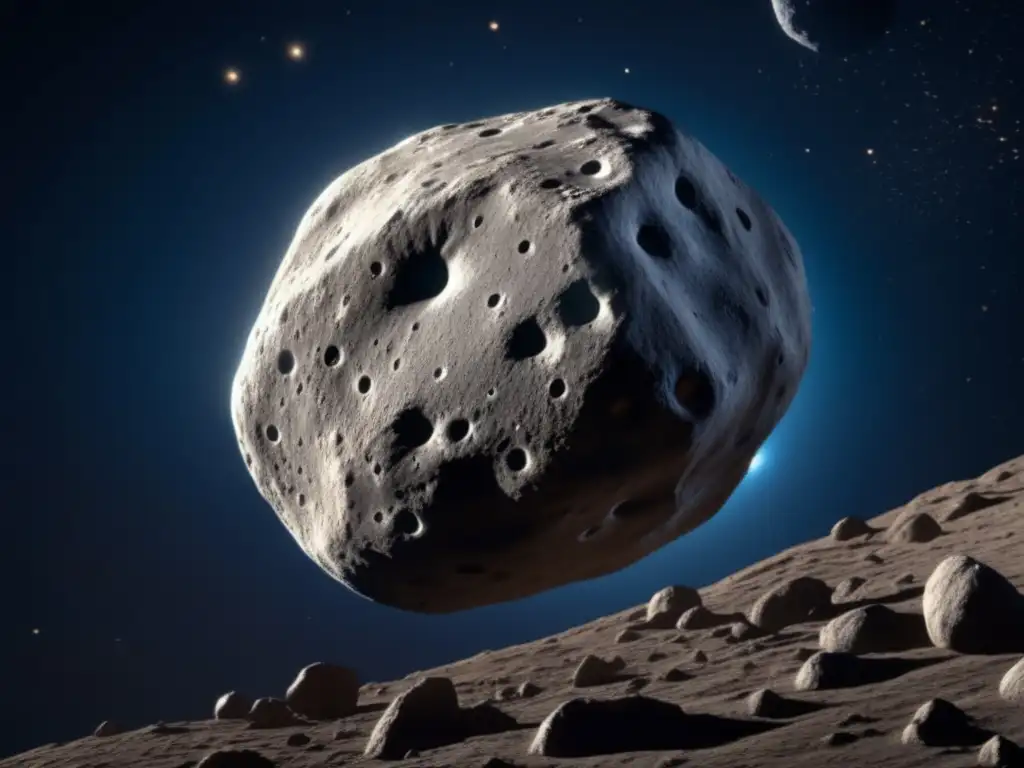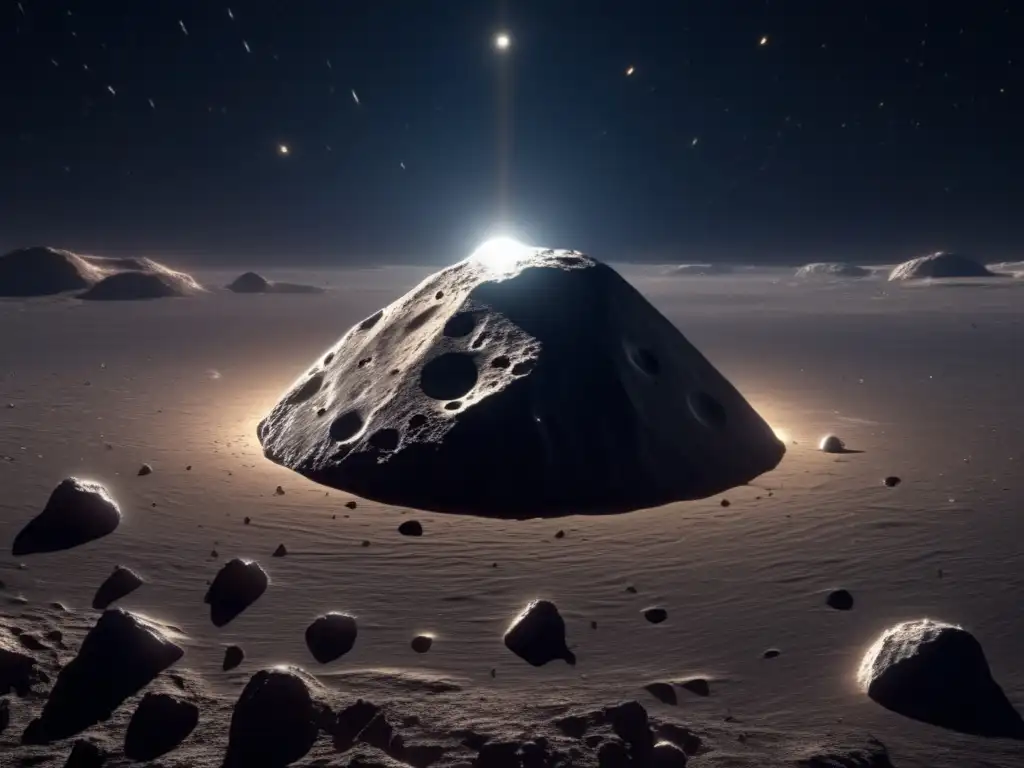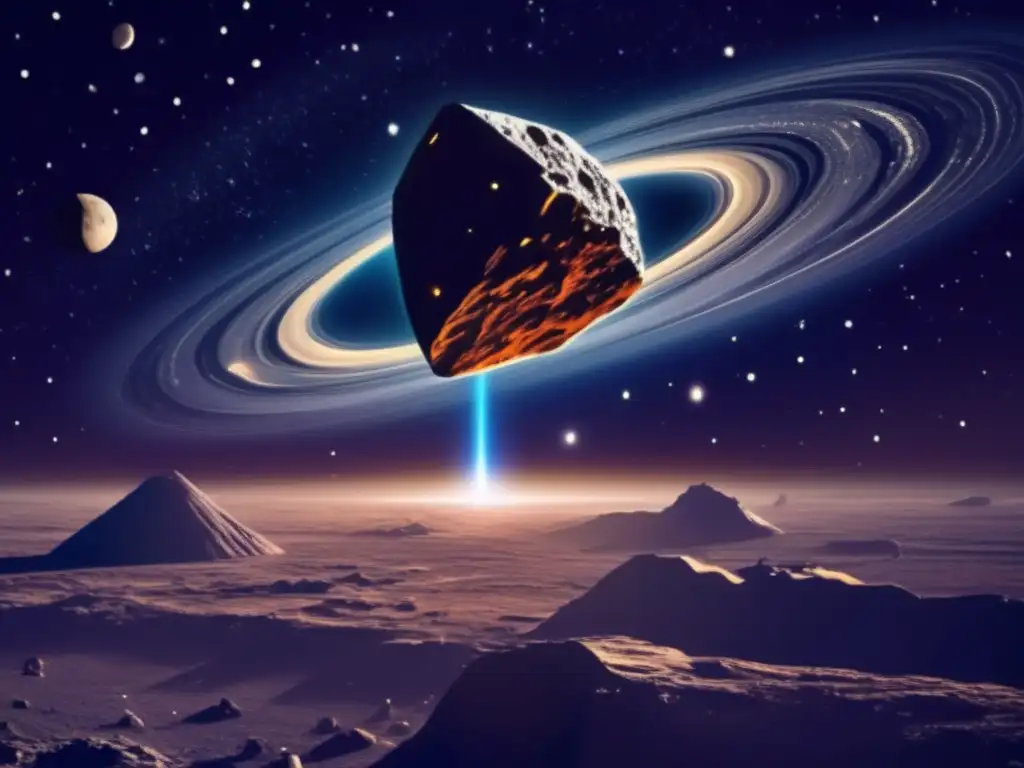Asteroid Eurybates: A Tale Of Discovery

Introduction
Asteroids, the celestial objects that orbit the Sun and populate our solar system, have captivated astronomers and scientists for centuries. Each asteroid has its own story to tell, revealing clues about the formation and evolution of our universe. One such asteroid is Eurybates, whose discovery and characteristics provide valuable insights into the mysteries of our cosmic neighborhood.
The Discovery of Asteroid Eurybates

The Unveiling of Eurybates
Asteroid Eurybates was first spotted on September 22, 1904, by renowned German astronomer August Kopff at the Heidelberg-Königstuhl State Observatory in Germany. Kopff's keen eye and dedication to observing the night sky led to the exciting moment of uncovering this new celestial body.
Characteristics of Eurybates
Eurybates belongs to the Greek mythological group known as the Trojan asteroids, which are located in the same orbit as Jupiter. It is classified as a D-type asteroid, indicating it has a carbon-rich composition. With an estimated diameter of around 64 kilometers, Eurybates is among the larger members of the Trojan asteroids. Its surface is covered in dark regolith, potentially containing organic compounds that could shed light on the origins of life on Earth.
The Trojan Connection
Eurybates is named after a figure from Greek mythology who fought in the Trojan War. In Greek literature, Eurybates was the herald and close companion of King Odysseus. The naming convention for Trojan asteroids often draws from characters in Homer's epic poem, the Iliad, which describes the legendary conflict. Eurybates' name not only connects it to ancient tales but also highlights its position in the Trojan asteroid group.
Eurybates' Orbit and Exploration

Trojan Asteroid Orbits
Eurybates follows an orbit that is synchronized with Jupiter's movements around the Sun. It is located in one of Jupiter's Lagrangian points, known as the leading L4 Lagrangian point. This region is 60 degrees ahead of Jupiter in its orbit and provides a relatively stable environment for Eurybates and other Trojan asteroids to exist.
Exploring Eurybates
As of now, no dedicated missions have been sent to explore Eurybates specifically. However, various spacecraft have provided valuable data on Trojan asteroids in general, contributing to our understanding of these intriguing objects. For example, NASA's Dawn mission, which visited the asteroid Vesta and the dwarf planet Ceres, provided insights into their composition and formation processes, which can be extrapolated to better understand asteroids like Eurybates.
Future Investigations
With ongoing advancements in space exploration technology, it is likely that future missions will be planned to study Trojan asteroids more extensively. These missions aim to collect samples, analyze surface features, and gain a deeper understanding of the geological history of these mysterious objects. Such investigations could reveal further discoveries about Eurybates and shed light on its unique characteristics.
Frequently Asked Questions

-
What is Eurybates' composition?
Eurybates is a D-type asteroid, indicating a carbon-rich composition that may contain organic compounds.
-
Why is Eurybates named after a figure from Greek mythology?
Trojan asteroids are often named after characters from Greek mythology, and Eurybates is part of this naming convention.
-
Are there any missions planned to explore Eurybates?
No dedicated missions have been planned for Eurybates specifically, but future missions to Trojan asteroids may provide valuable insights into its characteristics.
-
What is the size of Eurybates?
Eurybates has an estimated diameter of approximately 64 kilometers.
-
Where is Eurybates located in the solar system?
Eurybates is located in one of Jupiter's Lagrangian points, specifically the L4 Lagrangian point, which is 60 degrees ahead of Jupiter in its orbit.
Conclusion
Asteroid Eurybates, with its intriguing characteristics and connection to ancient myths, offers a fascinating tale in the world of asteroids. Its carbon-rich composition and position within the Trojan asteroid group make it an object of great interest for scientists studying the formation of our solar system. While no dedicated missions have been sent to explore Eurybates yet, ongoing and future investigations into Trojan asteroids promise to uncover more about this enigmatic celestial body and the secrets it holds.
Join the discussion and share your thoughts on www.asteroidrealm.com. Subscribe to our newsletter for regular updates on asteroid discoveries and space exploration. Together, let's unravel the mysteries of our cosmic neighborhood.
Additional Resources

For further information on asteroids and space exploration, check out the following resources:
- NASA - National Aeronautics and Space Administration
- NASA Jet Propulsion Laboratory
- International Astronomical Union (IAU)
- NASA Dawn Mission
 The Unique Characteristics Of Asteroid Arisbe
The Unique Characteristics Of Asteroid Arisbe Discovering The Secrets Of Asteroid Aeneas
Discovering The Secrets Of Asteroid Aeneas Uncovering The Unique Features Of Asteroid Antenor
Uncovering The Unique Features Of Asteroid AntenorIf you want to discover more articles similar to Asteroid Eurybates: A Tale Of Discovery, you can visit the Asteroid Profiles category.
Leave a Reply

Articulos relacionados: